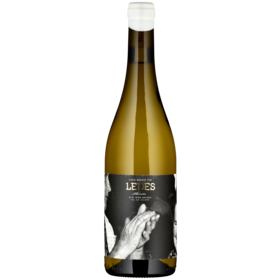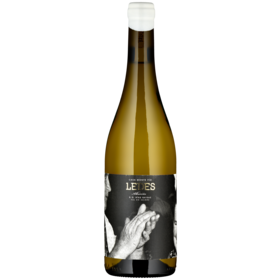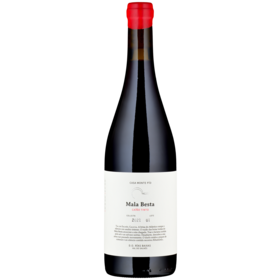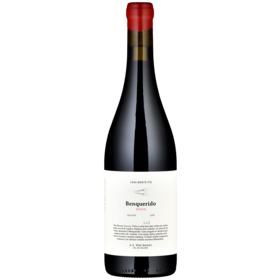Spain
Rías Baixas
Rías Baixas, situated in north-western Galicia, is Spain’s standout producer of fresh, aromatic wines. The region is best known for its Albariño white wines but is also a source of fine reds from the Mencía grape. A cool Atlantic climate and unique soils lend the wines a character quite distinct from that of other Spanish wine regions.
Cooling Atlantic influence
Rías Baixas is situated in the extreme north-western corner of Spain in the region of Galicia. It comprises 4,300 hectares of vineyard across five sub-zones. Facing the Atlantic, the region has a pronounced maritime climate. With up to 2,000 millimetres of annual rainfall, Rías Baixas is Spain’s coolest and wettest wine region. To counter the humidity and resultant disease pressure, growers commonly train their vines on high pergolas supported on granite posts, although the more orthodox vertical trellising system is also used. Granite and slate are the dominant soils, imbuing the wines with minerality and a signature salty note.
Albariño and Mencía
White grape variety Albariño accounts for an overwhelming 95% of the region’s total vineyard area, producing fresh, intense wines with keen acidity, sea-breeze salinity and characteristic notes of citrus, apple and herbs. Albariño, normally vinified dry, is delicious with seafood and many other local dishes along Spain’s north-west coast. Native grapes like Treixadura, Loureira Blanca and Caíño Blanco play a supporting role to Albariño, adding complexity.
Mencía, a red grape that feels particularly at home in the cooler parts of Galicia, is another Rías Baixas success story. Its wines show lovely fruit expression, fine acidity and delicate spice, their outstanding quality complementing the region’s otherwise dominant whites.
From the everyday to the exceptional
It is thought that Cistercian monks introduced the Albariño grape to Rías Baixas in the 12th century. The locals used to keep most of the wines for themselves. This was until the Rías Baixas DO appellation was founded in 1988, giving the region an enormous boost. The advent of enlightened winemaking practices enabled growers to get the best out of the Albariño grape and cut a dash on the international scene. Winemakers are now experimenting with lees and oak contact to give their wines greater structure, body and longevity, elevating Albariño from the everyday to the exceptional.





